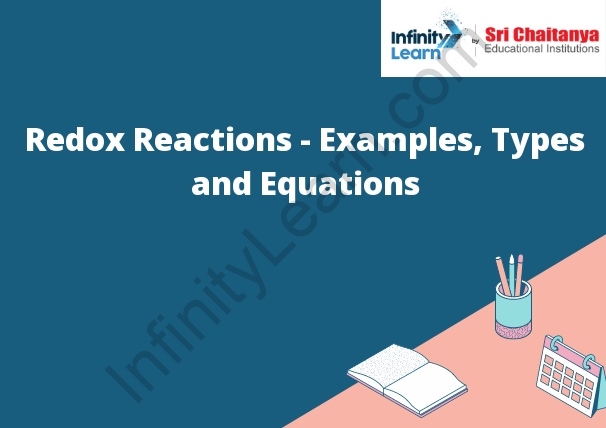Table of Contents
What are Redox Reactions?
A redox reaction is a type of chemical reaction in which electrons are transferred between atoms. In a redox reaction, one atom loses electrons (becomes oxidized) and one atom gains electrons (becomes reduced). Redox Reactions – Examples Types and Equations.

What is Reduction?
Reduction is the chemical process of converting a molecule of a higher oxidation state to a molecule of a lower oxidation state.
What is an Oxidising Agent and Reducing Agent?
An oxidising agent is a chemical that can donate oxygen atoms to other molecules, while a reducing agent is a chemical that can accept electrons from other molecules.
Oxidising Agent and Reducing Agent in a Redox Reaction
In a redox reaction, an oxidising agent and a reducing agent are both involved. The oxidising agent is the species that loses electrons, and the reducing agent is the species that gains electrons.
What is the Oxidation Number?
The oxidation number of an atom is the hypothetical charge that atom would have if all the atoms in a molecule were stripped of their electrons and placed in an electrically neutral state.
Rules for Calculating Oxidation Number
The oxidation number of an atom is the number of electrons that atom has lost or gained to achieve a stable electron configuration.
The oxidation number of a monatomic ion is the number of electrons that the ion has lost.
The oxidation number of a cation is the number of electrons that the cation has gained.
The oxidation number of an anion is the number of electrons that the anion has lost.
Types of Redox Reactions
There are two types of redox reactions:
1) Oxidation-Reduction (redox) reactions
2) Disproportionation (dispro) reactions
1) Oxidation-Reduction (redox) reactions
Redox reactions are chemical reactions in which one or more electrons are transferred between two atoms or molecules. In a redox reaction, one atom or molecule (the reducer) loses electrons, while another atom or molecule (the oxidizer) gains electrons.
Redox reactions can occur in either direction, depending on the relative reactivities of the reducer and oxidizer. If the reducer is more reactive than the oxidizer, the reaction will proceed in the reverse direction, with the reducer gaining electrons and the oxidizer losing electrons.
2) Disproportionation (dispro) reactions
Disproportionation reactions are chemical reactions in which two or more atoms or molecules are simultaneously oxidized and reduced. In a disproportionation reaction, one atom or molecule (the oxidant) is oxidized, while another atom or molecule (the reductant) is reduced.
Disproportionation reactions can occur in either direction, depending on the relative reactivities of the oxidant and reductant. If the oxidant is more reactive than the reductant, the reaction will proceed in the reverse direction, with the oxidant being reduced and the reductant being oxidized.
Redox Reactions – Examples Types and Equations.









